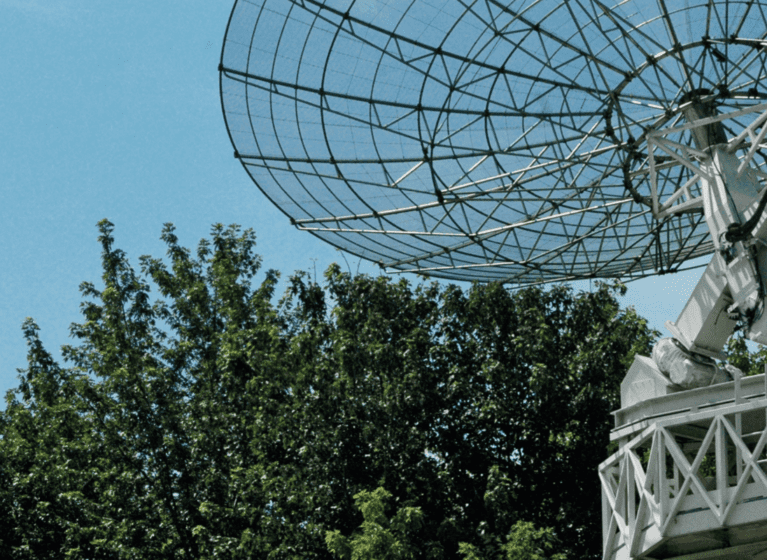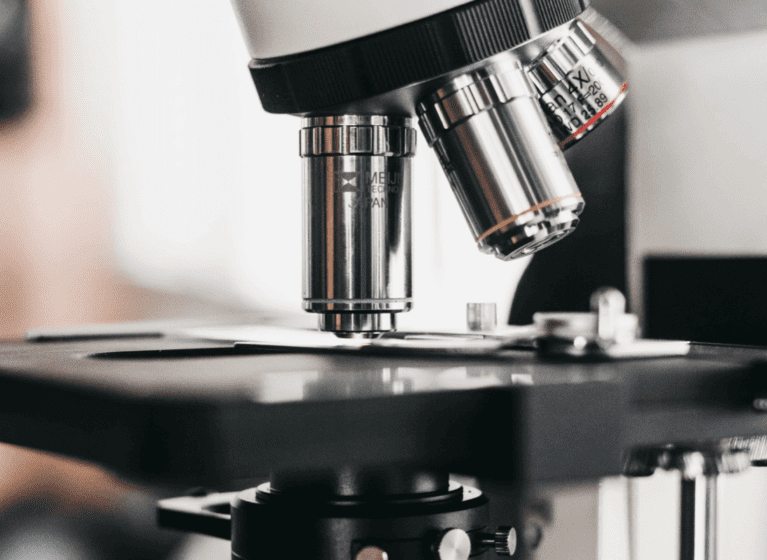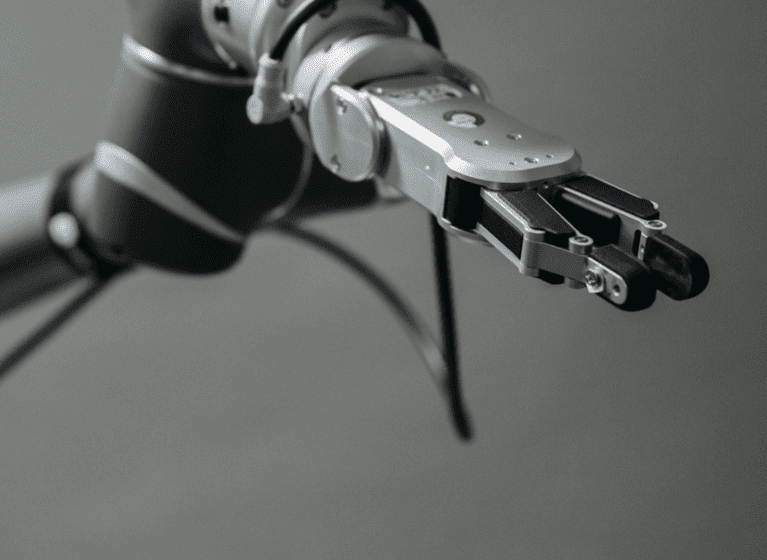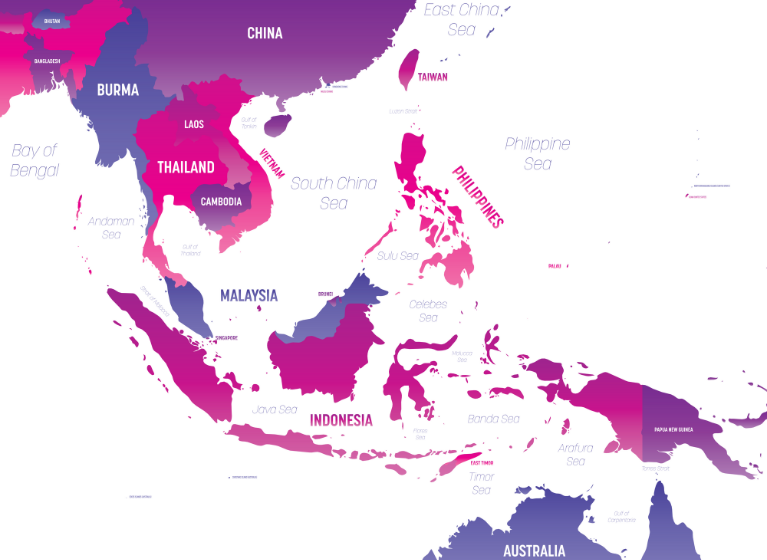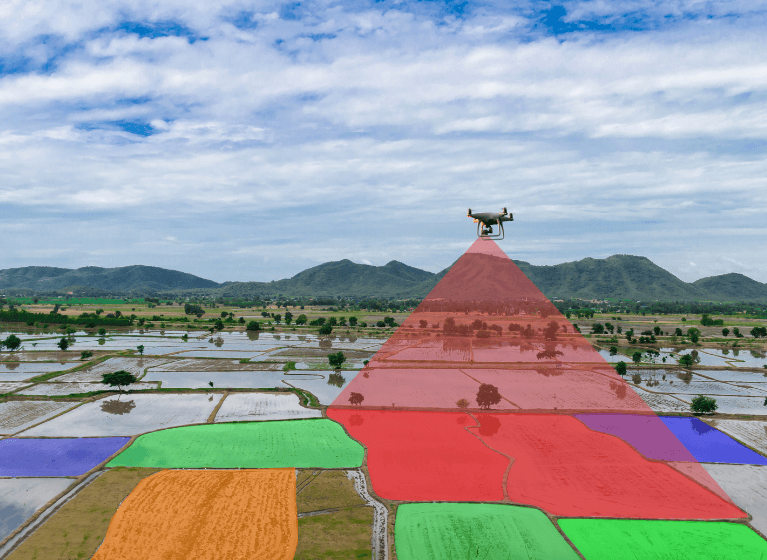The article discusses whether, and to what extent, inventions involving artificial intelligence are considered patentable subject matter in Australia. The article also compares the prevailing Australian attitudes to AI patentability to the position in the United States, Europe and China.
Artificial intelligence (AI) is driving advancements across a wide spectrum of technologies in a wide variety of industry areas. Not surprisingly, those engaged in such developments are keen to obtain protection for the results of their efforts. With this surge of innovation and investment, the question arises: which jurisdictions are more favourable to protecting AI inventions by patents?
As we will explain, assuming that the patent specification is drafted in the right way, Australia is a relatively friendly jurisdiction for protecting AI inventions. In fact, we venture that Australia looks on AI inventions at least as favourably as the United States, and probably more favourably than Europe and China.
Patentable Subject Matter
One of the key stumbling blocks to securing patent protection for AI inventions is the requirement of patentable subject matter. In this regard, for at least the last 40 years, Legislatures, Patent Offices and Courts across the world have grappled with the issue of whether, and to what extent, software-related inventions are eligible for patenting. How a jurisdiction’s Patent Office and Courts treat software inventions of course has a bearing on how AI inventions are treated.
In the absence of definitive Court decisions about whether AI inventions are patentable subject matter, the position in a particular jurisdiction can be gauged from:
- the legislative landscape;
- any existing Official Guidelines; and
- Court decisions about the patentability of software inventions.
What follows is a discussion of whether AI inventions are considered patentable subject matter in Australia. We also compare the prevailing Australian attitudes to our understanding of the position in the United States, Europe and China.
In this discussion, an “AI invention” is one that relates to artificial neural networks. In particular, an “AI invention” is either generally concerned with the underlying structure of an artificial neural network, or pertains to specifically applying such networks to solve problems in particular subject matter domains. Of course, where these subject matter domains are technical and the AI invention is used as a vehicle for solving a broader technical problem with a technical solution, then the issue of patentable subject matter generally does not arise in the first place.
Australia
In Australia, the question of whether an alleged invention is eligible for patenting (or is a “manner of manufacture”) is answered by applying broad common law principles of patent law. In the case of software inventions, the relevant principles were summarised by Australia’s second highest Federal Court (the Full Federal Court) in the decision Commissioner of Patents v RPL Central Pty Ltd [2015] FCAFC 177:
96. A claimed invention must be examined to ascertain whether it is in substance a scheme or plan or whether it can broadly be described as an improvement in computer technology. The basis for the analysis starts with the fact that a business method, or mere scheme, is not, per se, patentable. The fact that it is a scheme or business method does not exclude it from properly being the subject of letters patent, but it must be more than that. There must be more than an abstract idea; it must involve the creation of an artificial state of affairs where the computer is integral to the invention, rather than a mere tool in which the invention is performed. Where the claimed invention is to a computerised business method, the invention must lie in that computerisation. It is not a patentable invention simply to “put” a business method “into” a computer to implement the business method using the computer for its well-known and understood functions.
In RPL Central, the alleged invention was, in essence, a computer programmed to generate questions from downloaded textual data and present those questions to a user. The Full Court decided that the alleged invention was not patentable subject matter, primarily because of the non-technical method for generating the questions; simply involving prepending prepared words to the textual data. However, in reaching the conclusion, the Full Court hinted (at paragraph 109.) that the result may have been different if the computer was programmed to function as an “artificial intelligence”.
RPL Central is the only Appellate Court decision of which we are aware, that makes mention of artificial intelligence in the context of patentable subject matter. The fact that the Full Court hinted that the presence of an AI feature may have assisted the Applicant, is in our view, reflective of a potentially positive attitude to the patentability of AI inventions by the Australian Courts.
In particular, we consider it strongly arguable that certain types of AI invention can be subsumed within the RPL concept of a computer functioning as an “artificial intelligence”. Where such AI inventions improve computer technology, by, for example algorithmic efficiency, they should easily clear the basic patentable subject matter hurdle in Australia. For example, we consider that data-conditioning techniques that seek to produce more effective training data for neural networks, are improvements to computer technology, and are thus potentially patentable in Australia. Likewise are neural network architectures, when they are structured in a specific way to account for particular types of technically related input data (for example medical imagery, and biomedical or genomic data).
United States
The number of AI patent application filed at the United States Patent and Trademark Office (USPTO) more than doubled from 2002 to 2018 (to more than 60,000), according to a recent report1, attesting to the growing importance of AI to U.S. business.
In the United States, subject-matter eligibility depends on whether an alleged invention fits within one or more of the invention categories specified in 35 USC §101. §101 allows patent protection for “any new and useful process, machine, manufacture, or composition of matter, or any new and useful improvement thereof”. Similar to the passage of RPL Central set out above, the US Courts have interpreted §101 to exclude “abstract ideas” and laws of nature from patent-eligible subject matter.
For AI inventions (and indeed software in general), it is this exclusion of “abstract ideas” from patent-eligible subject matter that can be problematic for Applicants. In this regard, during 2019, the USPTO formulated two sets of guidelines (now incorporated into the Official Manual of Patent Examination Procedure) for assessing eligible subject matter, both based on the two-step framework from the United States Supreme Court decision of Alice Corp. v. CLS Bank International 573 U.S. 208 (2014). According to the USPTO Guidelines, the second step of the Alice framework (after considering whether the claimed invention falls within one of the statutory categories set out above) is assessed using a two-prong approach. Prong 1 of the approach asks whether the claim is directed to (as opposed to merely reciting) an abstract idea.
Unlike Australia, the USPTO, guided by earlier Court decisions, actually enumerates the types of ideas that it considers to be “abstract”. Relevant for AI inventions are:
- mathematical concepts;
- certain methods of organising human activity; and
- mental processes.
Prong 2 of the approach evaluates whether the claim, as a whole, integrates the recited judicial exception into a practical application of the alleged exception.
Many, if not most, of the current generation of AI inventions utilise some form of artificial neural network. These networks are comprised of nodes that ultimately perform a mathematical operation. As such, it is not uncommon for the USPTO to reject applications for AI inventions on the ground that they are directed to a mathematical concept. On the other hand, according to the Guidelines, patent-eligible claims are permitted to include elements that are based on mathematical concepts (as many AI inventions are), so long as the claim is not solely a “specific recitation” of such a concept.
The Guidelines provide an example claim (Example 39) that the USPTO considers to be patent eligible. Relevantly, Example 39 is to a computer-implemented method of training a neural network for facial detection. This strongly indicates that claims can be drafted for AI inventions that neatly avoid the “mathematical concept” exclusion.
However, the “methods of organising human activity” exclusion is also relevant to AI inventions, as it allows a US examiner to consider, when assessing subject matter eligibility, the task that the AI system is trained to perform. If the task arises in an excluded “human-activity” field (such as advertising or fundamental economic practices), even applications involving cutting-edge AI technologies are at risk of being rejected.
It is perhaps in this latter aspect where we see Australia as being more generous to AI inventions in comparison to the United States. In Australia, so long as the AI invention effects an improvement to computer technology, it should be patentable irrespective of the industry in which the invention arises.
Europe
Article 52, paragraph 2, of the European Patent Convention excludes from patentability, amongst other things: mathematical methods and programs for computers. Paragraph 3 of Article 52 provides that subject matter is excluded from patentability only to the extent that the application relates to the subject matter “as such”.
Relevantly for AI inventions, the European Patent Office (EPO) updated its Examination Guidelines in 2018, recognising a need for clarification about how inventions related to (and made by) AI are managed. The EPO Guidelines for AI and machine learning (G-II 3.3.1) are found within the broader section concerning the patentability of mathematical methods. AI methods of themselves are thus specifically treated as mathematical methods. The Guidelines also confirm that the EPO will examine AI applications using the same approach as is taken for computer-implemented inventions.
Under the Guidelines, a key factor when considering the patentability of an AI invention in Europe is whether the claimed subject matter is technical in character as a whole. In this regard, the claimed invention must be directed to a technical apparatus having an inherent technical character or to a method involving the use of technical means.
We understand the Guidelines make patents available in Europe for particular technical applications of AI. For example, machine learning techniques for object recognition, such as in a medical-imaging application, are usually considered “technical” and are thus potentially patentable in Europe. In addition, the specific operations performed to generate sets of training data can also contribute to the technical character of an AI invention, making it more likely to escape categorisation as an excluded mathematical method or computer program.
Furthermore, AI inventions that involve a specific interaction between an algorithm and computer hardware are likely to be potentially patentable in Europe, as they are in Australia and the United States. For example, neural networks that are implemented in specifically-arranged cores of a GPU are likely to be patentable in Europe due to them involving particular hardware features and not computer programs alone.
Notwithstanding the above, it seems clear that merely using AI per se (ie. absent a defined new algorithm) to tackle a known problem in a particular field will be unlikely to satisfy the requirements, as the invention itself would lack the required technical character, given that AI is not regarded as a technology of itself.
China
China is an important jurisdiction both for patenting and for originating innovation in this field, particularly in the area of “deep learning” (namely artificial neural networks with potentially many layers), where universities and public research organisations play a leading role. Indeed, a recent WIPO report2 suggests that Chinese organizations make up the majority of the top 20 academic players in AI patenting.
Article 2.2 of the Patent Law of China defines an invention as a “new technical solution relating to a product, a process or improvement thereof”. As interpreted by the Chinese National Intellectual Property Administration (CNIPA), to constitute a technical solution, an alleged invention must resolve a technical problem by using technical means and achieve a technical effect. Similar to Europe, the Patent Law of China (in Article 25.1(2)) contains an exclusion of “rules and methods for mental activities” from patent-eligible subject matter.
CNIPA issued revised Patent Examination Guidelines which came into force from 1 February 2020 and specifically address AI inventions. We understand the Guidelines exclude from patentability, AI inventions that do not involve a technical feature. Such non-technical AI inventions may, in our view, include the actual mathematical operations performed by a neural network. However, claims that are directed to specified mathematical operations that are performed on particular data should be allowable in China.
In this regard, one of the examples of an allowable claim in the Guidelines (Example 2) is a method for training a convolutional neural network that involves performing specified mathematical operations on training data for the purpose of extracting visual features therefrom. As the AI is applied in the specific field of image analysis, and can be seen as improving the performance of a neural network, the claim is viewed as embodying technical features.
Conclusion
Unlike the position in Europe and China, there is no legislative exclusion from patentability for mathematical methods or computer programs in Australia, and there is broad support for the patentability of computer implemented inventions in which the operation of the computer is improved. This, combined with a rare dictum from an Appellate Court seemingly endorsing artificial intelligence as a feature contributing to patentability, makes Australia a potentially favourable jurisdiction for protecting inventions in this increasingly important field of endeavour.



